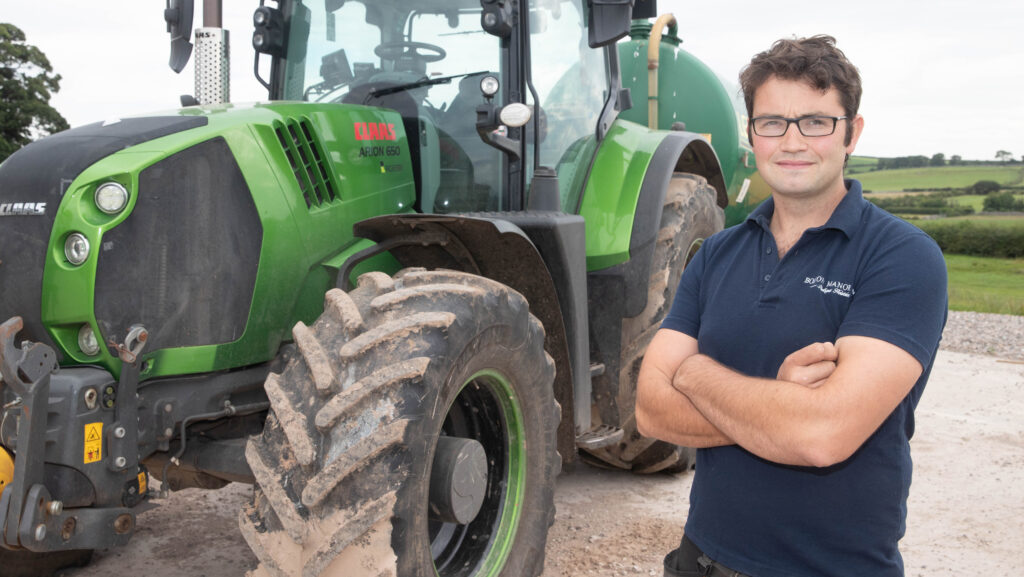Farmer Focus: Three times a day gives us 6.5 litre lift
 Tom Stable © Tim Scrivener
Tom Stable © Tim Scrivener We have now been milking three times a day for three months. The cows are still performing well, and we are all settling into the routine.
It affects everyone differently, and how it works for staff away from the farm varies from person to person, but overall, I think it’s an improvement.
The benefit for the cows, however, is clear: cell count has dropped from about 170,000 cells/ml to 110,000 cells/ml, and a drop in cases of mastitis has followed.
See also: Big cows are a drain on dairy feed bills and the environment
We never really got the huge reduction in mastitis most people told us we would get from swapping to sand, whereas the past three months have seen by far the lowest incidence of clinical cases we have ever experienced.
Average daily yield has increased from 35.5 litres to 42 litres, and we have maintained milk protein but lost about 0.2% fat.
The overall result is an increase in the all-important milk solids a cow a day from 2.75kg to 3.17kg.
Very little extra feed has been required – just 0.5kg of parlour cake, with trough intakes remaining incredibly stable.
Labour, along with parlour consumables and electricity use, have all increased, but so far, we are happy with the return.
We are going to be hit again by a heavy penalty in spring with Arla’s seasonality, because of the switch, but we will get this back in the autumn.
The current trade for cull cows also gives us the option to milk a few less through these months, then build numbers back up from July onwards.
The poor maize season last year is still affecting us, with the late-drilled winter wheat looking worse than I would like.
But the weather and ground conditions are slowly improving, and we will soon begin the field work, and the whole cycle will start again.
First on the list will be slurry and clearing the sand out of the store.
Arla is currently doing well from our point of view. A price hold for February was better than I expected, given the negative pressure and talk swirling around.
Volatility has been with us for a long time now, but the actual prices getting paid to producers seem increasingly difficult to predict.

